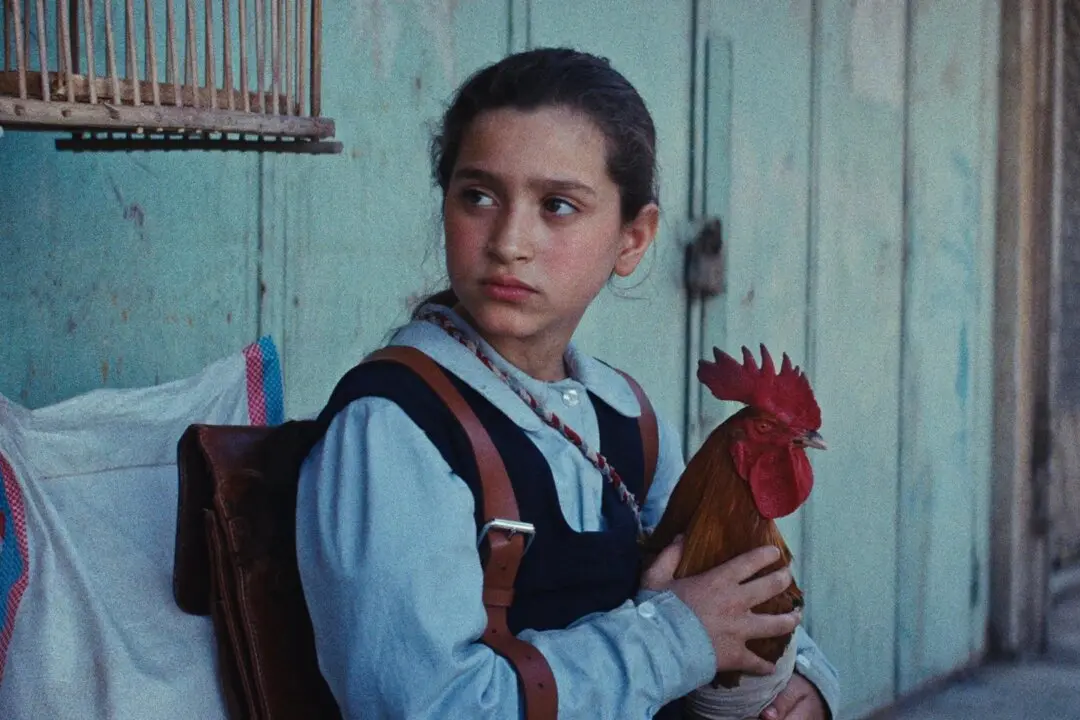Depending on who you ask, Margaret Keane’s big-eyed children paintings are either a precursor to George Rodrigue’s gallery-accepted Blue Dog paintings or a spiritual forerunner of Thomas Kinkade’s kitsch. Either way, the key point for her new bio-film treatment is that they really were her paintings and not the work of her credit-stealing husband. It is a strange story, but it is told in a disappointingly conventional manner in Tim Burton’s “Big Eyes.”
Margaret Ulbrich packed up her daughter and walked out on her first husband at a time when such drama was scandalous. She relocated to San Francisco to pursue her dream of making it as an artist, but the only eye her work catches is that of Walter Keane.
He too fancies himself an artist, but the real estate broker only has a talent for salesmanship. Convinced she needs taking care of, Ulbrich soon marries the brash Keane, believing their mutual interest in art will be a good thing.



